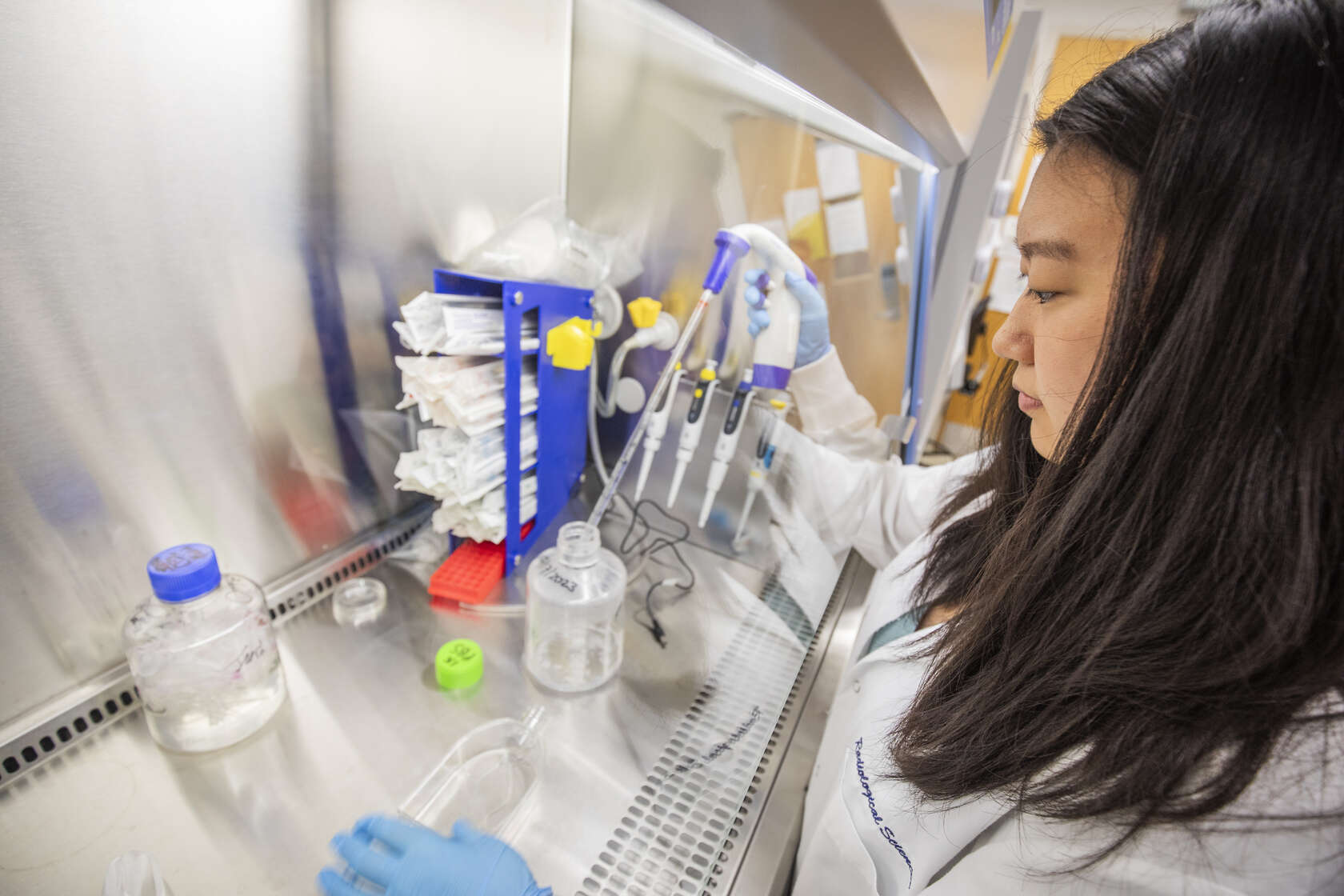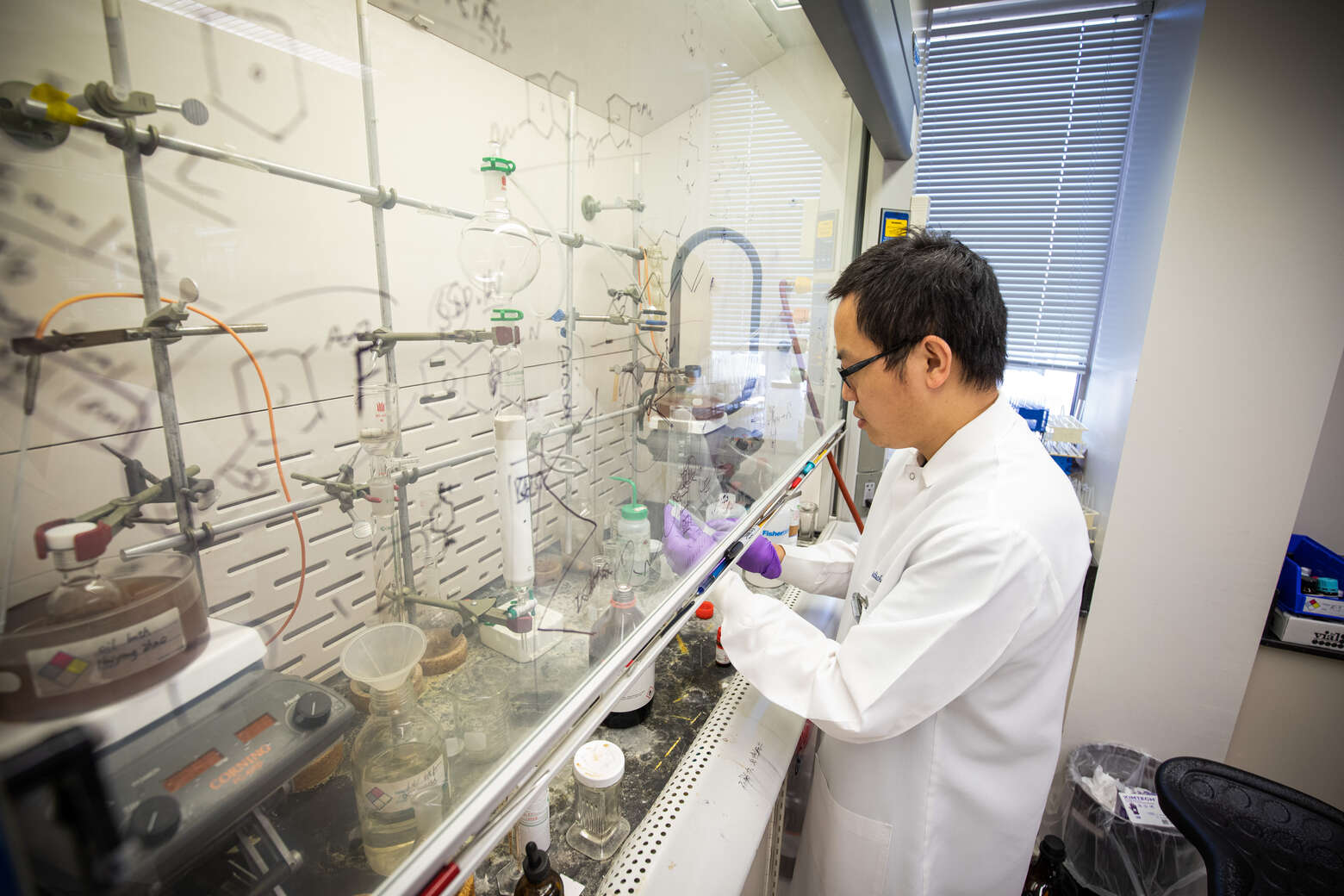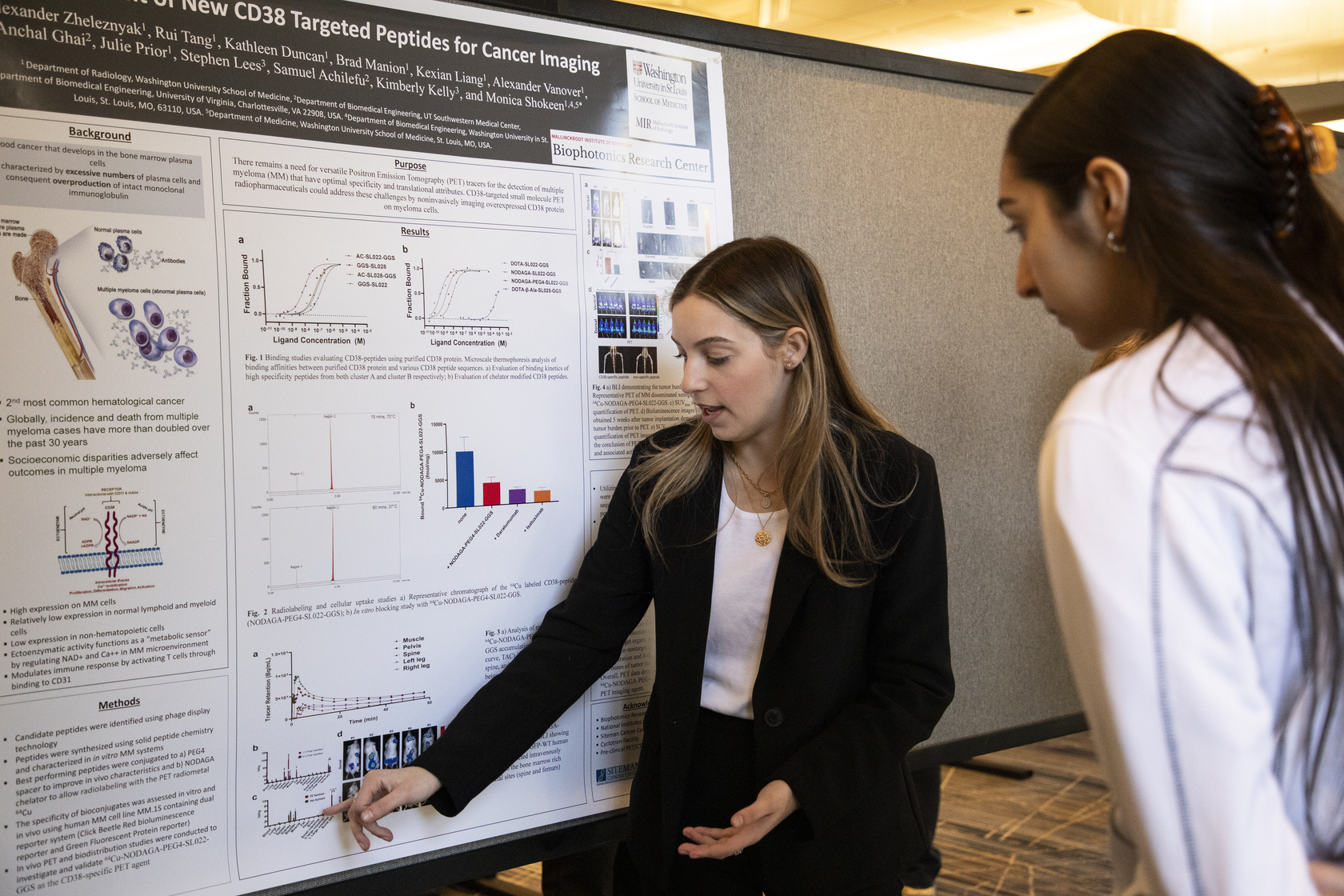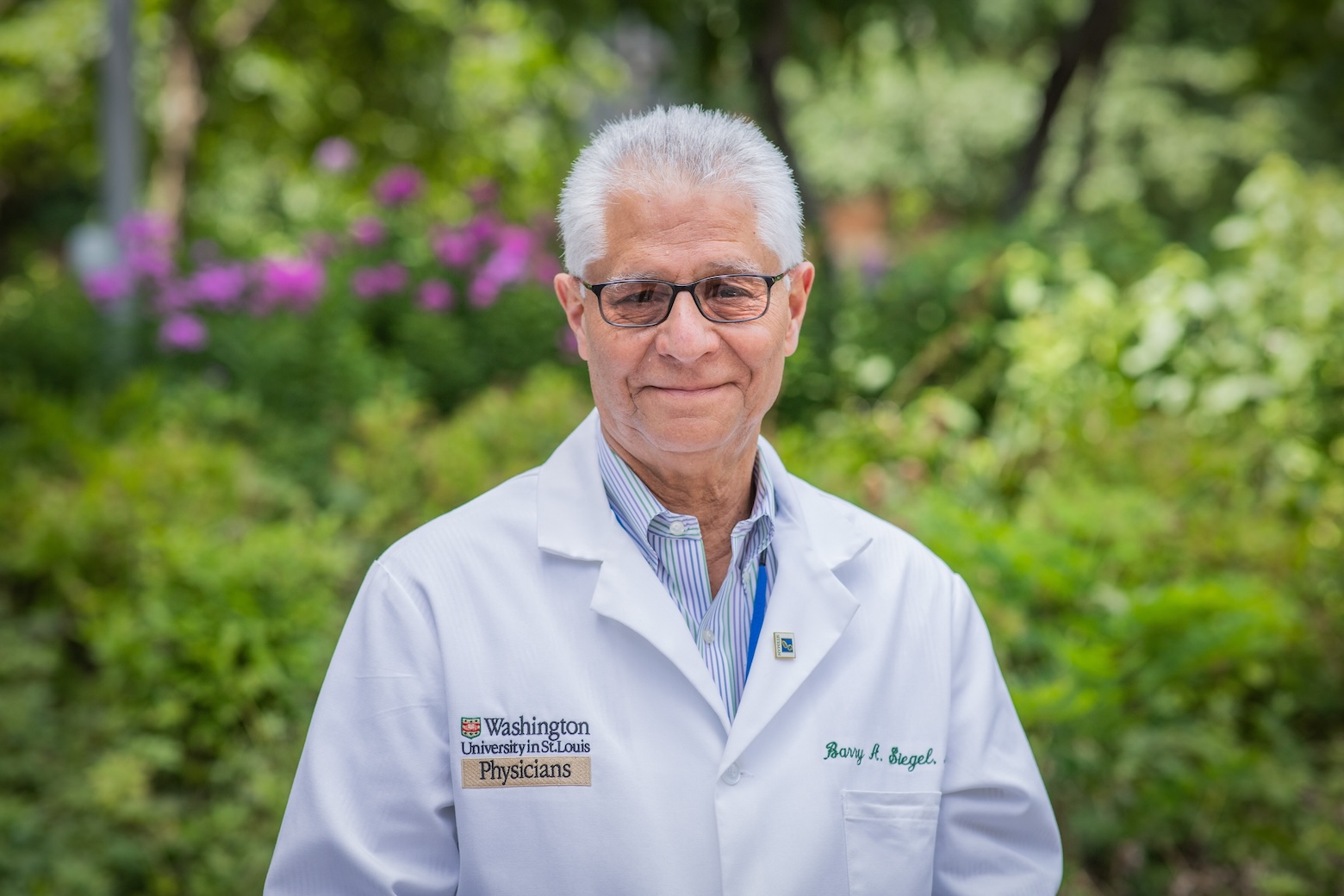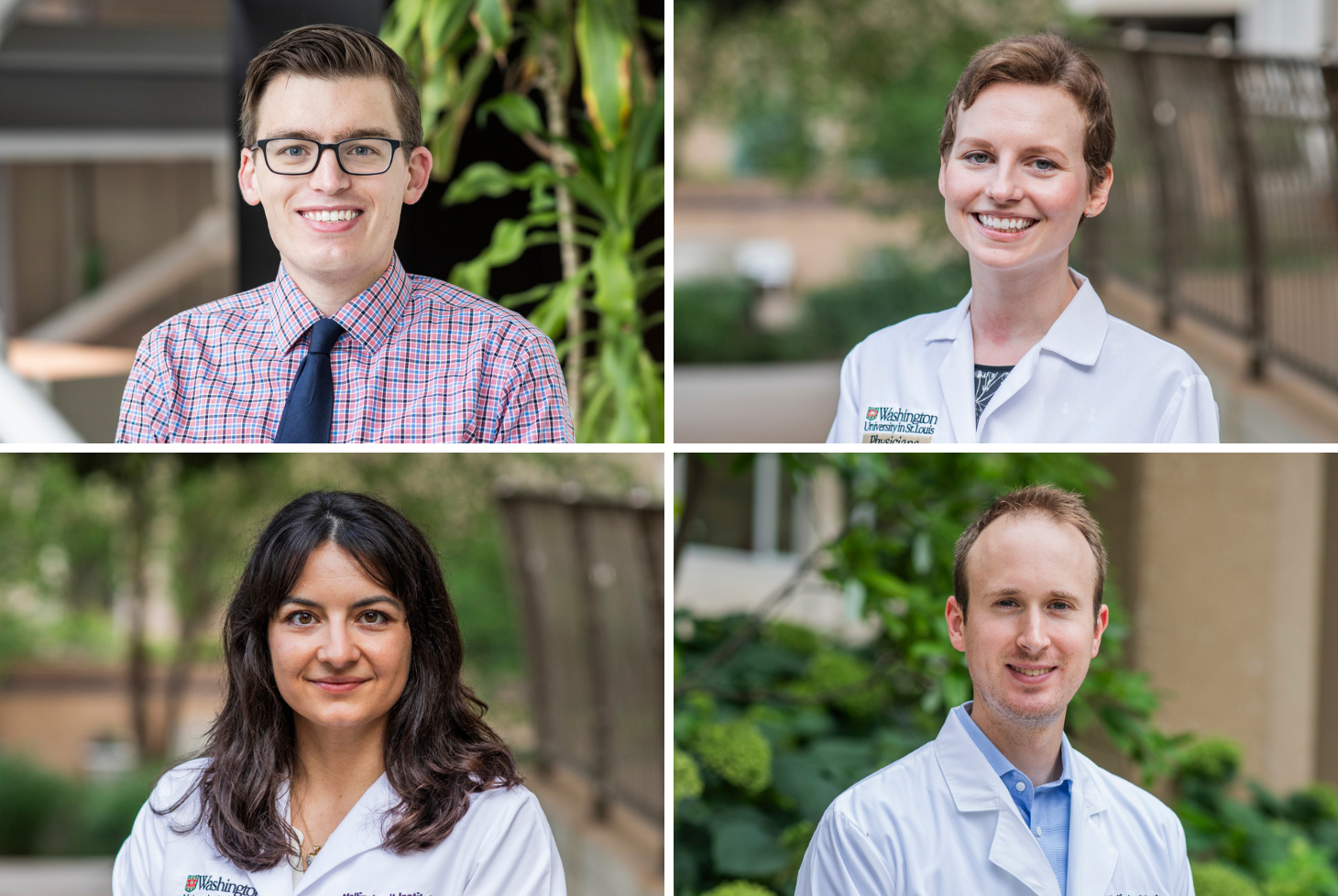Alumni Spotlight: Howard Forman, MD
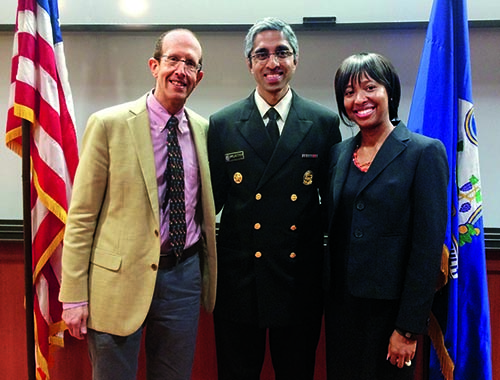
Howard Forman, MD, MBA, is a professor of diagnostic radiology (and vice chair of finance), public health (health policy), economics and management at Yale University. His interest in health policy was sparked during his residency at Mallinckrodt Institute of Radiology and his expertise in the field has taken him to the halls of the U.S. Senate and the White House.
Why did you choose Mallinckrodt for your residency training?
It was obvious from the moment I walked in that Mallinckrodt was not like any other radiology department. They had a very well organized interview day, where I got to meet several faculty members and the chief residents. The most influential person that day was D. Claire Anderson. She was incredibly enthusiastic about the program and explained to me why St. Louis is such a great city. Stuart Sagel was also inspirational in his passion and belief that Mallinckrodt was the best program in the country. In talking to the residents, it was clear that there was no place I could go to get better training than at Mallinckrodt.
Which instructors at Mallinckrodt madethe greatest impression upon you?
The instructors in the abdominal imaging section — Bruce McClennan, Jay Heiken, Bill Middleton, Jim Brink, Dennis Balfe — were very strongly committed to my professional development from the very beginning. In 1992, while I was at Mallinckrodt, there was a very important presidential race that brought health care front and center for the first time. I developed my own personal ideas about what I thought could be a positive direction for the country in terms of health care and I had conversations with many of the faculty. I became very passionate about what positive change could look like. I briefly considered working on Bill Clinton’s campaign, or doing a policy career alongside radiology, with perhaps a fellowship in the middle of my residency. The abdominal team and their desire to support me under any circumstance were very important to my ultimate decision to do a post-residency fellowship in health policy at the University of Pennsylvania. I cannot overstate how much they helped me at that time. When I left in 1994, I did so with their support and promotion.
Tell us about the many roles you perform at Yale.
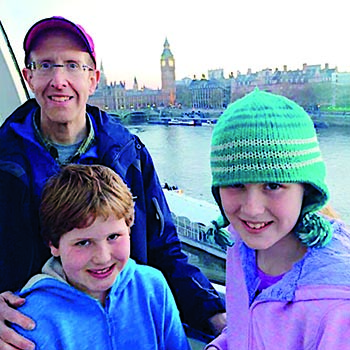
I was recruited as vice chair of finance and administration at Yale in 1996, nine months after Bruce McClennan arrived at Yale as the chairman of radiology. In 1998, I was invited by the economics department to start teaching to undergraduates, which I still do today. I worked with a team to create our MD/MBA program, something we’re very proud of here. We’ve graduated 14 classes from that program. I’ve had a faculty appointment in the School of Management since 2001. I’m the faculty director of the healthcare management program in the School of Public Health, which is now one of the two biggest educational programs at Yale. I’m the faculty director of the healthcare focus area in the School of Management’s MBA for Executives program. And I still practice diagnostic radiology an average of two to three days per week.
What brought you to the U.S. Senate in 2001-2002?
I was a Robert Wood Johnson health policy fellow working with Sen. Bob Graham of Florida. There was an expectation that health care would be a high priority on the Senate’s agenda and that medical prescription benefits would pass. But after 9/11 happened, Sen. Graham was pulled to work on those issues, so I worked more closely with Sen. Edward Kennedy and his staff. It was an incredible opportunity and experience. Kennedy truly cared about the physicians who worked on his staff and on the policy and agenda he had set. The experience taught me about the legislative process and forged connections to the executive and legislative branches that are still very strong, on both sides of the aisle.
You were among the health economists who participated in an Affordable Care Act roundtable at the White House in 2009. What did you take away from that?
It was validating to know that the feelings I had about the issue were shared by other people. It also informed my ability to teach these issues. I gained a clearer understanding of how the process works and how well-informed thought leaders can make the process work better. I now bring guest speakers to campus 20 times a year, largely to speak on this topic. All of that happens because of my experience in the Senate and with health care reform.
What examples from your education at Mallinckrodt do you draw on in your positions at Yale?
Bruce McClennan and Jay Heiken always looked out for me and sought to promote me without having any interest in promoting themselves. They were always willing to connect me with people who would help inform my decisions about my career. The single greatest praise I receive from people, the thing I am most proud of in my teaching, is that I am an effective mentor. I have helped promote the careers of dozens, if not hundreds, of people over the past two decades at Yale. That is, in no small part, due to those individuals at Mallinckrodt who put themselves out for me. I don’t forget that at all.

